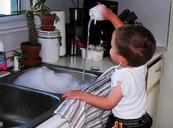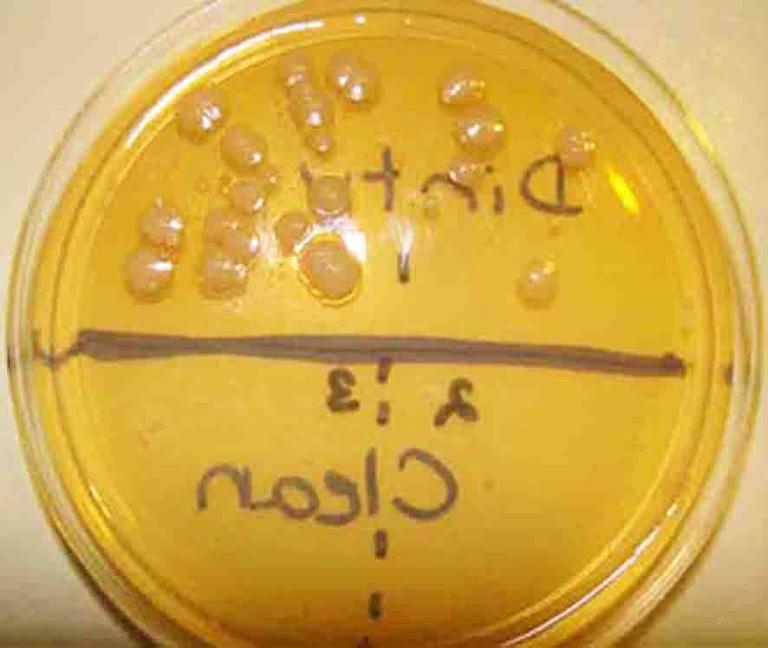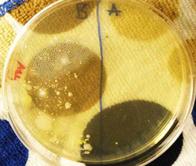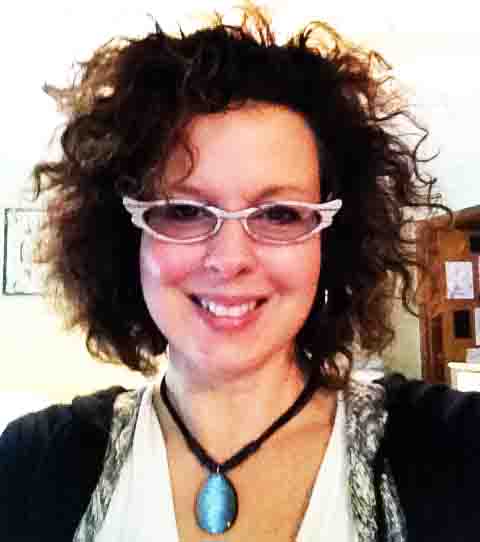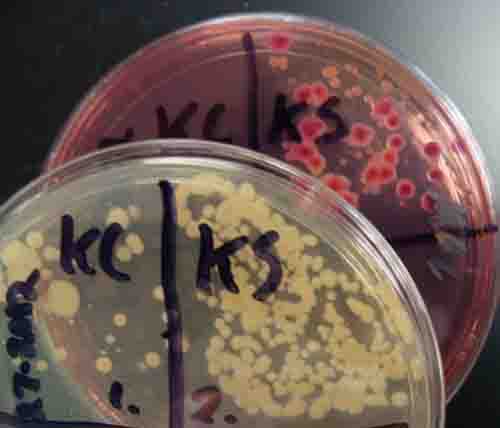 | ||||
Microbiology In the Home
Tips to Sanitize Your House and Keep Your Family Healthy
HOUSEHOLD MICRO from Science Prof Online
As a microbiologist and a mom of two small children with allergies and asthma, I am always trying to make our home and habits cleaner and healthier.
This page will feature a continuously growing collection of tips and resources related to that purpose, including home microbiology experiments
we've run to test the effectiveness of different cleaning measures. To keep up on our latest results, check back frequently and Like Us on Facebook.
Article Summary: How does a microbiologist clean her home and keep her family healthy? Here's inside information from a germ slaying scientist mom.
Microbiology In the Home: Clean House, Healthy Family
 | ||||
You have free access to a large collection of materials used in a college-level introductory microbiology course. The Virtual Microbiology Classroom provides a wide range of free educational resources including PowerPoint Lectures, Study Guides, Review Questions and Practice Test Questions.
Page last updated: 7/2015
SCIENCE PHOTOS
SPO VIRTUAL CLASSROOMS
 | ||||||
 | ||||||
 | ||||||
HOME MICROBIOLOGY EXPERIMENTS
Here a a growing lists of, simple, inexpensive microbiology experiments that can be run in the home or classroom; great for homeschooling, classroom use and fun home science that the entire family can learn from.
ANOTHER HOME MICROBIOLOGY EXPERIMENT FROM SPO
Yes!
TSY agar with sample from dirty dishes on top (note bacterial colonies that grew), and sample from cleaned dishes on bottom.
experiment was repeated and the samples plated on TSY agar. The "before cleaning" floor sample is on the left (note numerous bacterial colonies) and the "after cleaning" sample on right.
Samples taken from kitchen counter and kitchen sink then plated on TSY and MacConkey's bacterial growth agar. The bright pink bacterial colonies indicate coliform bacteria, such as E. coli.
Additional Resources on Microbiology In the Home
- Clean Kitchen Tips: How to Kill Germs & Sanitize Surfaces, Class Notes article from Science Prof Online.
- Do Antibiotics Work to Kill Bacteria? SPO article.
- Can Changes in the Weather Make a Person Sick?, SPO article.
- Why Do People Catch Cold Viruses in Summer?, SPO article.
- Is It a Common Cold or the Flu? Comparison of Symptoms, SPO article.
- How to Clean & Sanitize Gardening Tools & Pots, SPO article.
- Microbial Control Laboratory Exercise Main Page from the Virtual Microbiology Classroom.
- Does the Shark® PRO Steam & Spray™ Mop Kill Bacteria on Floors?
TIPS FOR KEEPING THE HOME CLEAN AND FAMILY HEALTHY
Disinfect Surfaces Between Regular Cleanings
Regularly use disinfectant wipes or Windex® Touch Up™ (antimicrobial cleaner in a handy vertical pump that quickly dampen paper towel) to kill germs on frequently touched surfaces in the home such as door knobs, handles and railings.
Use Cleaning Techniques With Multiple "Modes of Action"
Using more than one method to kill harmful germs is the home is more effective, because it is harder for the microbes become resistant to assaults on multiple fronts as opposed to always using the same method. For example, in addition to the chemical disinfecting suggested in the previous tip, household surfaces are also typically cleaned with soap, water and "elbow grease"...mechanical scrubbing. So effective cleaning results from the combined effect of scrubbing and chemical cleaners. Additional examples of this are hand washing with soap and water combined with the use of alcohol-based hand sanitizer between washings, as well as spray & steam mops that use both heat and chemical to kill germs.
Take Special Care In Sanitizing the Kitchen
Although we may think of the bathroom as the most unsanitary room in the house, the kitchen is typically far worse, particularly when meats such as chicken are prepared there. Raw meat is covered with bacteria. Cooking kills the bacteria, but all the tools used in preparing and transferring the raw meat are contaminated. After preparing raw meat, spray all tools that came in contact with the uncooked meat with a bleach solution and let that solution sit for 10 minutes before rinsing.
How to Reduce Allergens and Household Dirt
Because two of my children have severe allergies and asthma, we have taken many steps to reduce allergens in the house, and most of these measures also result in a cleaner home.
- Remove wall-to-wall carpeting: Switching to laminate or hard wood floors dramatically reduces allergens and dirt in the home. It is amazing how quickly visible dirt and "dust bunnies" seem to accumulate after switching to flooring...filth that were previously hidden by the carpeting. Also hard floors can be regularly and effectively sanitized, carpets cannot.
- Air-purifiers: While removing allergens from the air, air purifiers also dramatically reduce the amount of dust that accumulates on furniture, saving time that would otherwise be spent cleaning.
- Dust Mite & Allergen Proof Pillow and Mattress Covers: These covers are used to encase pillows and mattresses to reduce dust mite allergen problems. They also help keep pillows and mattresses cleaner and prevent bed bugs from becoming a problem (a common parasite that you can easily bring home with you after staying in an infested hotel room or home).
Normal Flora, the Immune System and Staying Healthy
The world is covered with microbes. We are covered in microbes. In fact there are approximately 10x more bacterial cells on and in your body than the number of biological cells that your body itself is made of. We couldn't eliminate all of the microbes from our environment even if we wanted to, and we wouldn't want to. Why not?
Many microbes are good guys, normal flora that can out-compete pathogens, help us digest our food and even make vitamins that our bodies need. Some microbiologists fear that many of the modern health maladies that we face, such as the increase in food allergies, Celiacs disease and obesity are connected to an imbalance in our normal flora, due to the overuse of antibiotics and modern medical practices like caesarian births. For more information on this fascinating theory, listen to the NPR Fresh Air episode "Modern Medicine May Not Be Doing Your Microbiome Any Favors".
The human body also has an army of immune system cells, structure and chemicals that help protect us from pathogens. One of the best ways to fight pathogens and stay healthy is to take care of your immune system; provide your body with enough rest, healthy food and exercise to keep your immune system in top form.
The combination of reducing pathogenic microbes in our household environment and taking care to make sure our body's immune system stays stays strong is the best strategy for good health.
 | ||||
Young children are natural born scientists, full of curiosity! Join the at-home experiments and explorations of a scientist mom & her kids.
 | ||||
SPO HOME SCIENCE PROJECT
BULLFROG METAMORPHOSIS
Currently we are raising bullfrog tadpoles and documenting their metamorphosis into adult frogs!
Click here to take a look!
